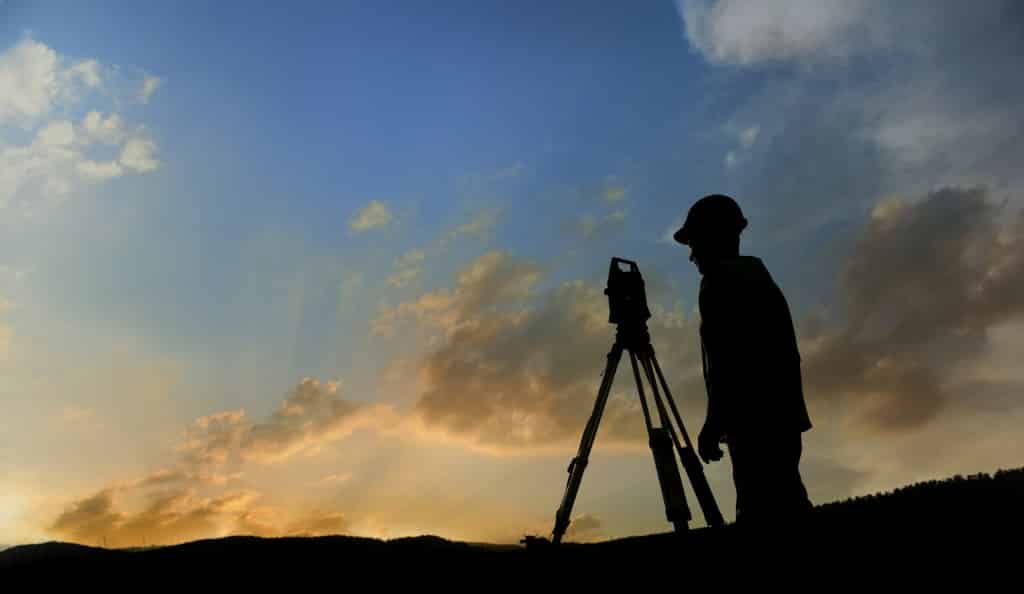In the world of property development, understanding the details of light rights can significantly influence the outcomes of projects. A Right to Light assessment is an essential process that assesses how much daylight reaches a property and assists developers traverse the complex legal landscape surrounding light rights. With the rise in urban development and increased competition for space, ensuring that your project respects the rights of existing structures has never been more critical.
This article will walk you through the comprehensive process of conducting a Right to Light survey, showcasing its significance in mitigating potential disputes and confirming compliance with zoning laws. From learning about your legal rights to exploring the tools and techniques used in these surveys, we will explore the core aspects that every developer should be aware of. Whether you are embarking on an extension or a new project, being informed about Right to Light can secure your project and promote positive relationships with neighboring properties.
What Is a Right to Illumination Survey?
A Right to Illumination Evaluation is an evaluation conducted to determine the access and amount of natural light that adjacent properties receive. It is an important process, particularly in city areas where new developments may obstruct light to current buildings. The survey analyzes how potential constructions may influence sunlight to adjacent properties, helping to inform both developers and property owners about possible entitlements and consequences.
During the survey, many factors are examined, including the orientation of the buildings, closeness to adjacent structures, and pre-existing light situations. This involves measuring degrees and distances to calculate how much light gets to each property. article source from the survey play a vital role in development processes for construction, ensuring that any upcoming construction aligns with entitlements to light set under UK law.
In summary, a Right to Light Survey serves as a preventive measure to spot likely issues before they arise in the development process. By comprehending light rights and how they may be influenced, interested parties can navigate the challenges of property construction while lessening the chance of disputes with neighbors over light availability.
Understanding One's Legal Entitlement to Light
The legal right to light is an essential aspect of property ownership and development in the United Kingdom. This right typically allows a property owner to receive natural light through defined apertures, such as openings, without obstruction from nearby buildings or structures. The law comes into play mainly under the Prescription Act 1832, which indicates that if a property has enjoyed light for an unbroken period of 20 years, the owner can request a legal right to keep having that light.
Comprehending this right is crucial for both property developers and property owners. For builders, it is vital to consider pre-existing rights to light when planning new developments. Overlooking these rights can lead to disputes and costly delays. Property owners, on the other hand, may seek to defend their light rights from neighboring developments that endeavor to block or substantially reduce the light they currently enjoy. Clarity on these rights can help manage the often complex landscape of zoning regulations.
In addition to statutory rights, agreement-based agreements may also impact light rights in certain developments. Property transactions can contain clauses related to rights to light, which may provide additional protections or obligations. Therefore, it is recommended for all stakeholders involved in property development or acquisition to completely understand both their legal rights and any agreement-based commitments to guarantee adherence and protect their interests effectively.
The Method of a Right to Light Survey Is Being Executed
Conducting a Right to Light survey involves a structured approach to determine the likely impact of a planned construction on the natural light available to neighboring properties. At the outset, surveyors assemble necessary information about the site, which includes pre-existing structures, their elevations, and positions in relation to the neighboring properties. This often includes examining planning documents and relevant historical data that could influence light access. Comprehending the context of the location is vital, especially in urban areas where buildings are closely packed.
Once the initial data is compiled, surveyors utilize specialized tools and techniques to study light availability. This commonly involves the use of software that follows the BRE (BRE) guidelines, which provide a structure for determining whether a proposed development will substantially reduce light levels to affected properties. Surveyors can also use 3D modeling to effectively simulate light conditions and illustrate the possible impacts of the new developments. The findings are thoroughly documented to ensure clarity and accuracy.
In conclusion, surveyors create a thorough report presenting their findings and recommendations. This report outlines any potential right to light infringements, giving insights into how they could be mitigated. It functions as an indispensable resource not only for developers contemplating new projects but also for neighbors concerned about their light rights. The in-depth nature of the report ensures that all parties engaged have a thorough understanding of the implications and can take informed decisions moving forward.

